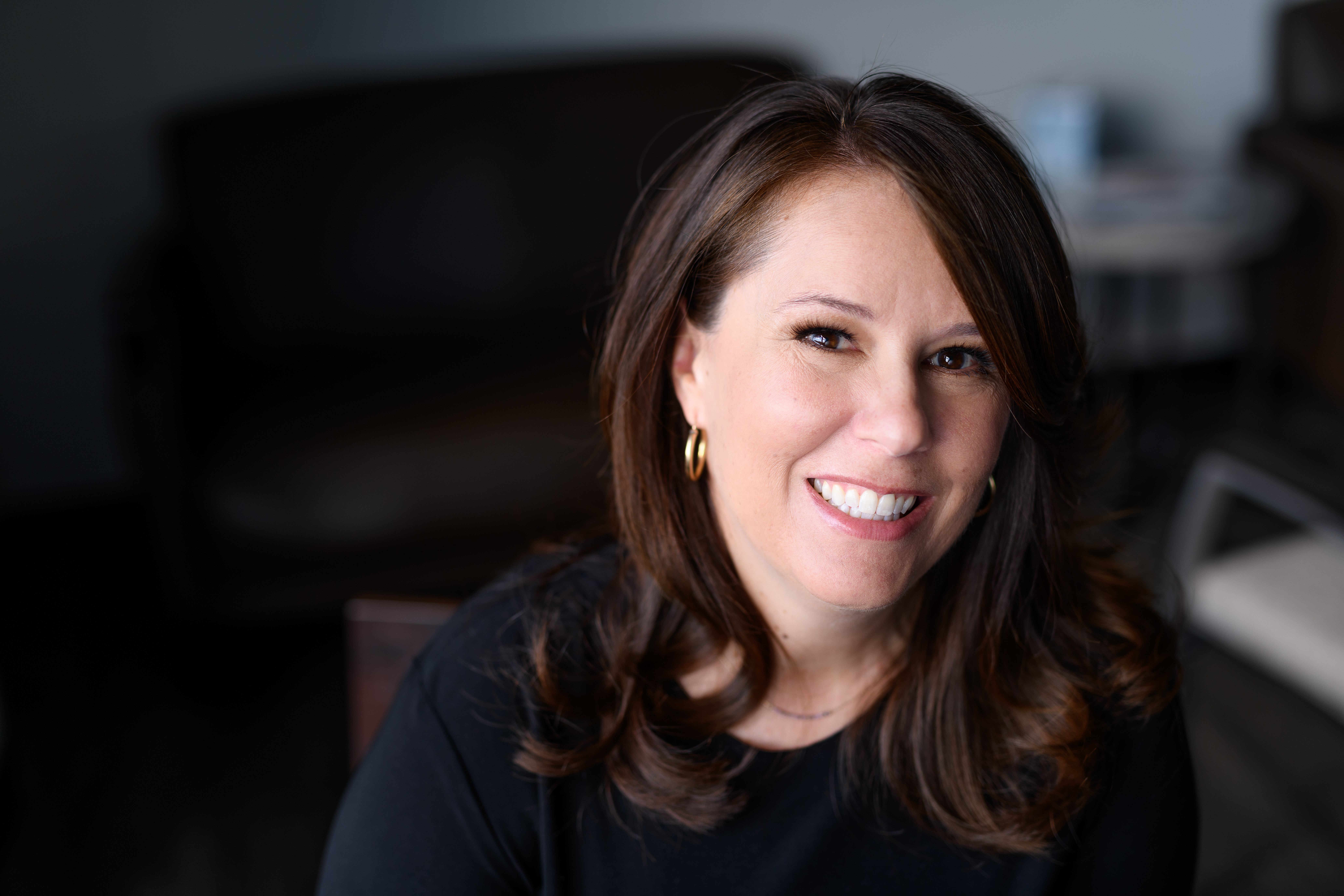
The business case for diversity is clear: it generates “’better strategy, better risk management, better debates, [and] better outcomes.’” (Bourke, 2018) However, many organizations struggle to reap the rewards of having a diverse workforce. The benefits of diversity don’t come from hiring people from distinct demographic backgrounds (based on characteristics like race, class, ethnicity, gender, sex, sexuality, age, abilities, region, nationality). They come from workplace cultures where everyone thrives.
Re-think diversity: Build a thriving culture.

Employees’ wants and needs have shyfted. The pandemic opened the door for people to rethink the role of work (Gulati, 2022). Research shows us that employees want to feel valued and like they belong (Carr, Reece, Kellerman, & Robichaux, 2019). They want teammates that care and that they can trust, they want flexible work schedules and opportunities for advancement, they want to be engaged, and they want more work-life balance (De Smet, Dowling, Mugayar-Baldocchi, & Schaninger, 2021).
Thriving cultures and the rewards of diversity are intertwined. Organizations cannot reap the rewards of a diverse workforce if they do not create environments where everyone has the opportunity to thrive.
Diversity, equity, inclusion, and belonging.
It is clear that organizational advantages come from diverse workforce (Dixon-Fyle, Dolan, Hunt, & Prince, 2020). Yet so many struggle to embrace the building blocks of a thriving culture: equity, inclusion, and belonging.
Equity

Equity is about fairness, impartiality, and lack of bias. It is also about recognizing that every employee is unique and that they should be valued (not devalued) for their difference. Equity is about recognizing that different people need different resources to do their best work.
For example, when you read that employees want flexible work schedules, that doesn’t mean that they all want the same ‘flexible’ work schedule. Organizations that embrace equity allow for difference and recognize that one size does not fit all. Therefore, equitable policies and philosophies actively seek to break down barriers to success. So, in this type of environment, some employees may work entirely from the office, others may work in a hybrid model, while still others work the majority of their time from home.
Equity is not about the hours spent physically in the office; it is about getting the best work from all your employees by laying a foundation of flexibility.
Inclusion and Belonging
Inclusion and belonging are about how employees interact and how they feel. Organizations often struggle to build environments where people from diverse backgrounds feel like they are included and belong.
It seems easy to rewrite mission and value statements to reflect a desire to increase diversity. Organizations can craft policies and procedures that incentivize hiring a diverse workforce. They can implement changes that create more equity by embracing flexible work schedules and work-life balance. They can also clearly define and support opportunities for advancement.
Inclusion and belonging are different from these policies and mission statements.
This is where organizations get bogged down. Inclusion and belonging are based on thoughts, feelings, and perceptions. Organizations cannot control how people think, act, and feel. But they can influence what is recognized as appropriate and acceptable thoughts, actions, and behaviors within the workplace. They can foster communities of support and inclusion, and they can incentivize (and disincentivize) behaviors.

People create culture.
In order to create a culture that thrives, organizations must deal with the underlying thinking, actions, and behaviors that create the social dynamics experienced at work. It is these social dynamics that determine how people feel about the work environment.
Thriving Cultures
Environments of inclusion and belonging create spaces where employees can openly and honestly share ideas, provide feedback, and challenge the status quo without fear of bias and backlash: psychological safety (Bresman & Edmonson, Research: To Excel, Diverse Teams Need Psychological Safety, 2022). They foster an environment of valuing and respecting diverse perspectives. Without inclusion and belonging your organization will not benefit from diversity.
In fact, without these key components of a thriving culture, you will likely experience higher turnover, lower engagement, less innovation, and you will have a tougher time attracting and retaining top talent. The business case for diversity is clear (Eswaran, 2019). The question is: “Are you ready to do what it takes to benefit from it?”

Kristin Heck Sajadi, Social Awareness Educator, Social Dynamics Consultant, Founder, Shyft Strategies, LLC
Sajadi is a sociologist, entrepreneur and developer of the Shyft5 TM program – helping individuals and organizations build thriving cultures by overcoming the bias and blind spots holding them back.
Shyft5 TM program tackles challenges and builds awareness—the benchmark for effective communication, productive interaction, and thriving cultures in today’s organizations.
At Shyft Strategies, we help you uncover the unconscious thinking and actions that create obstacles and barriers. We help you navigate today’s new business and human capital reality. The first step to moving forward is increasing awareness. Awareness isn’t just learning a new fact or statistic. It is connecting the dots between the reality of what is and why, so that we can consciously and cognitively shyft to what can be and how.


